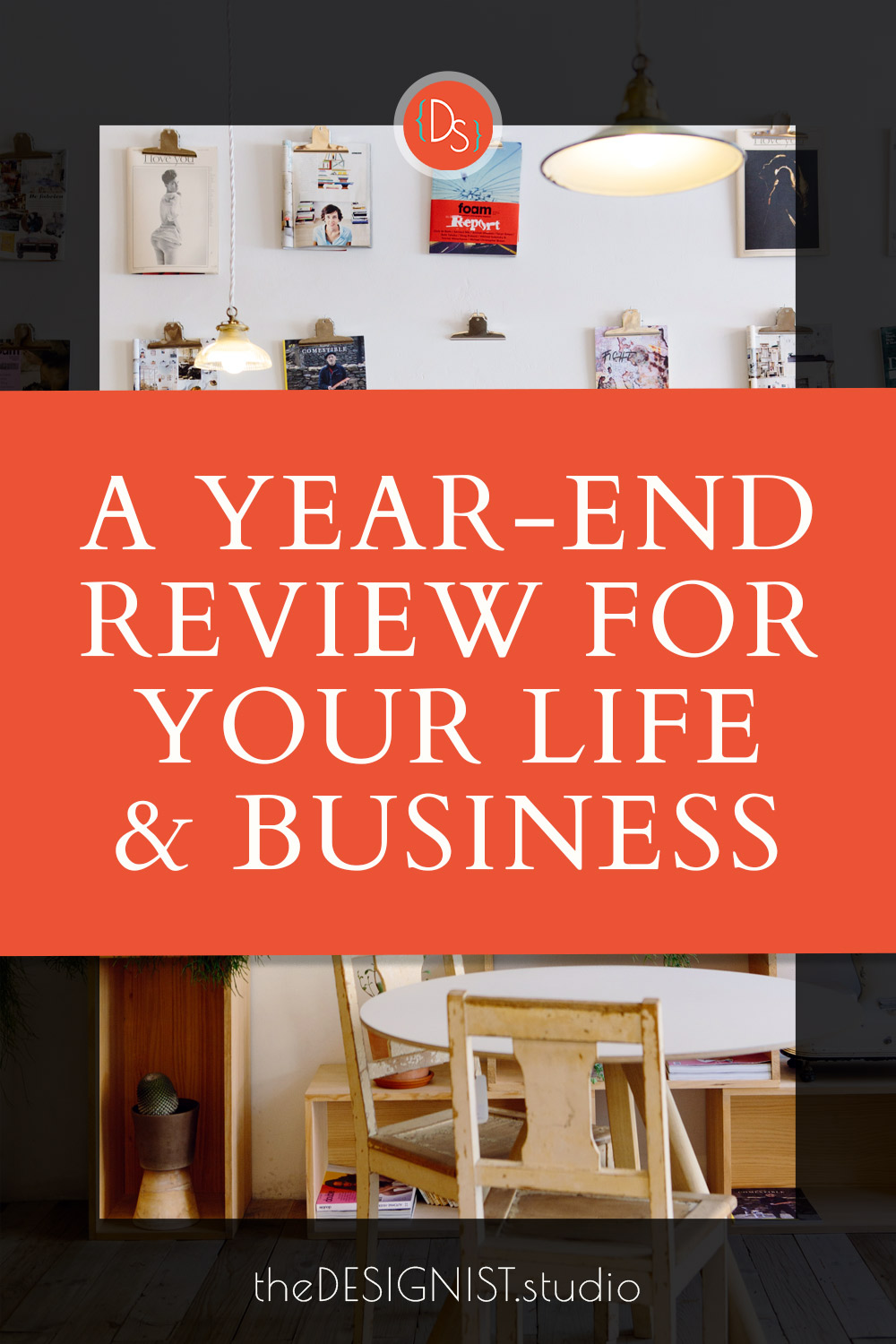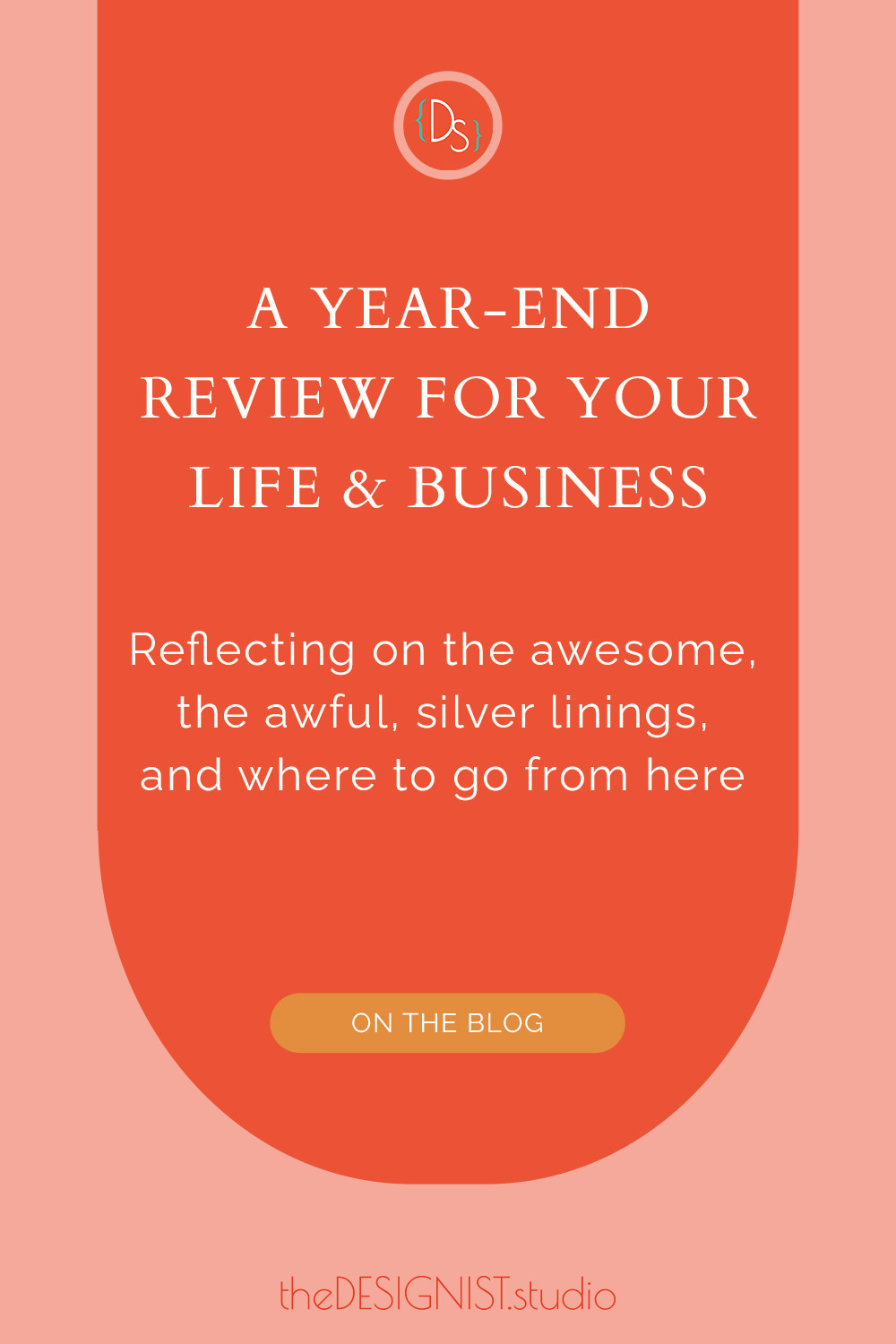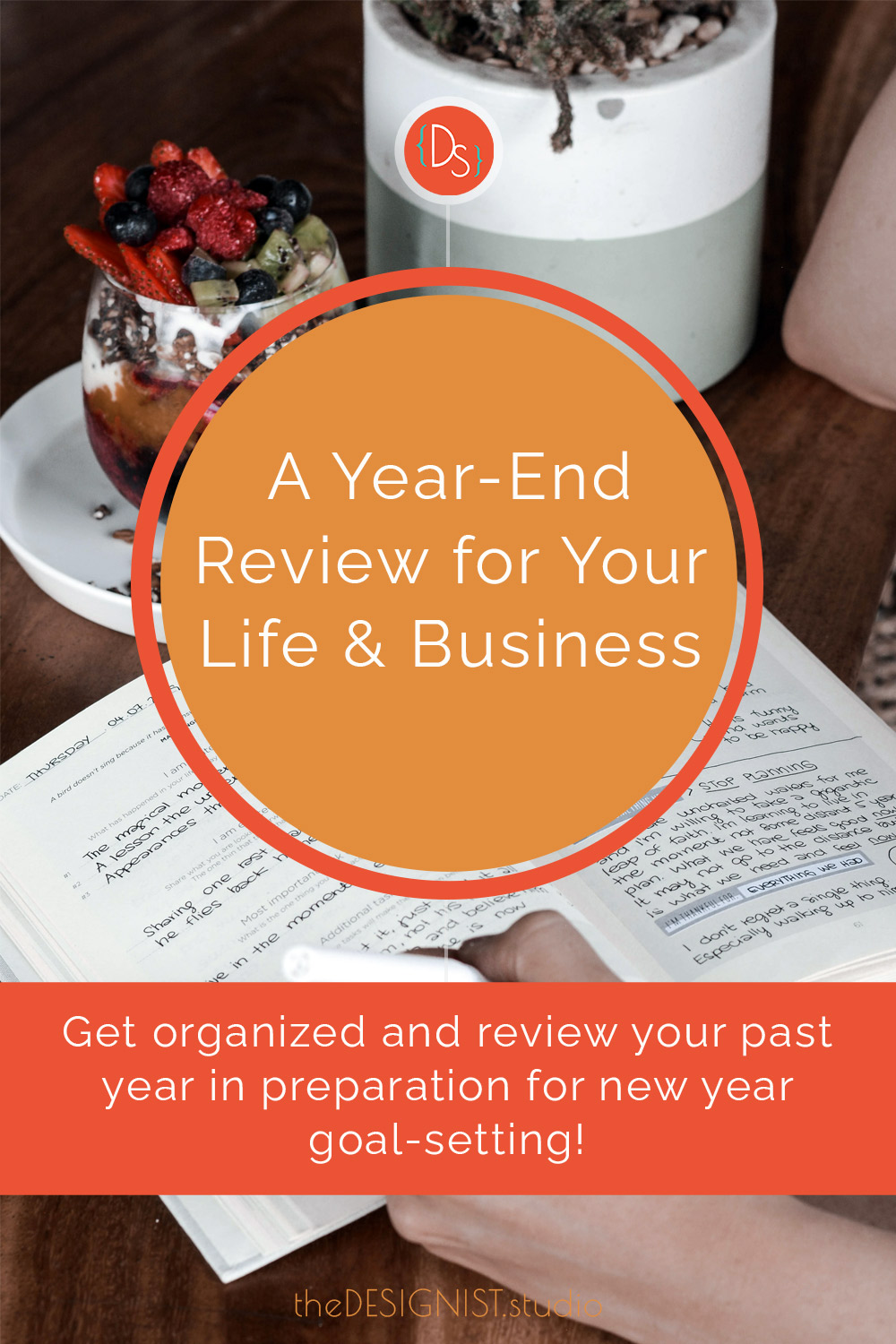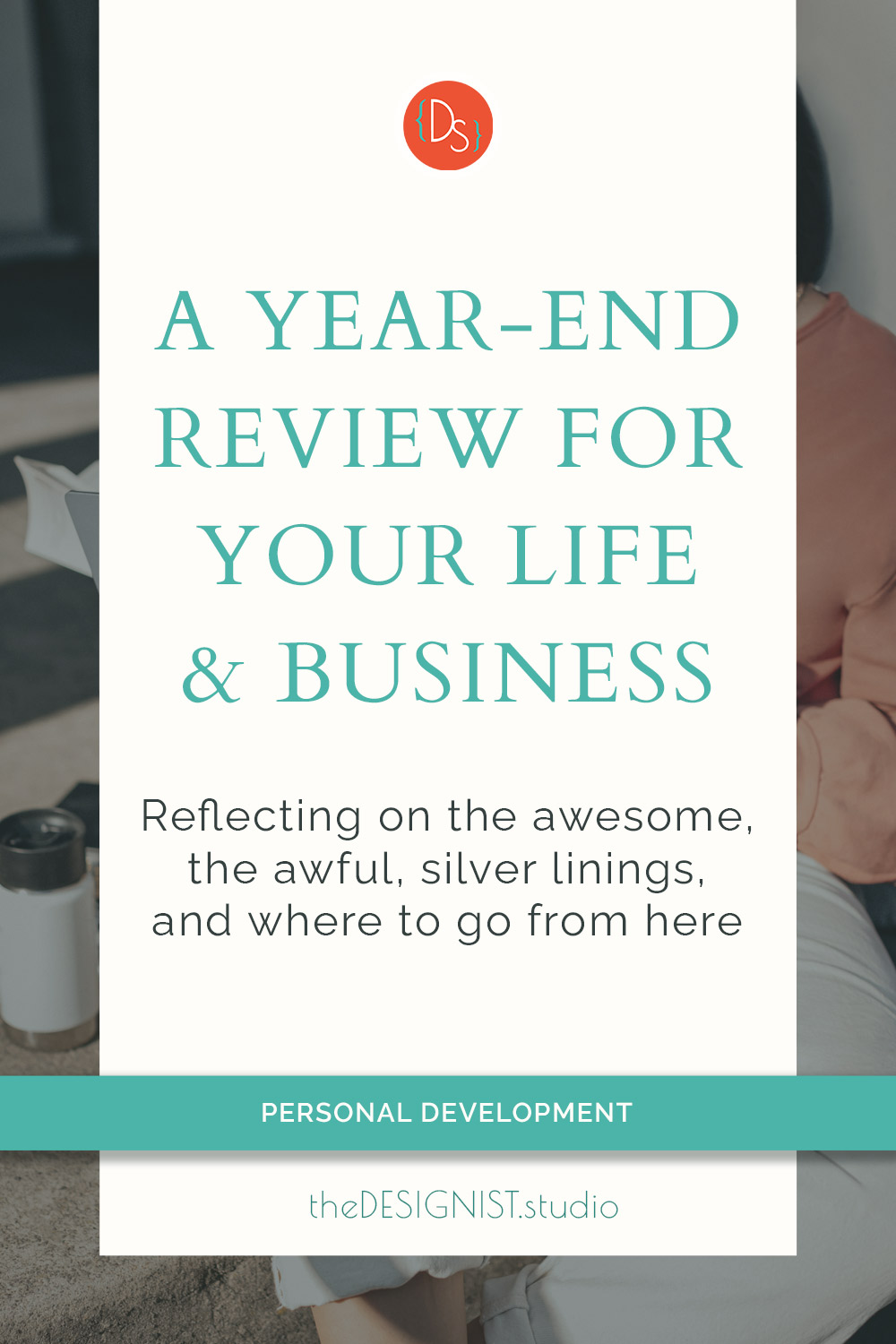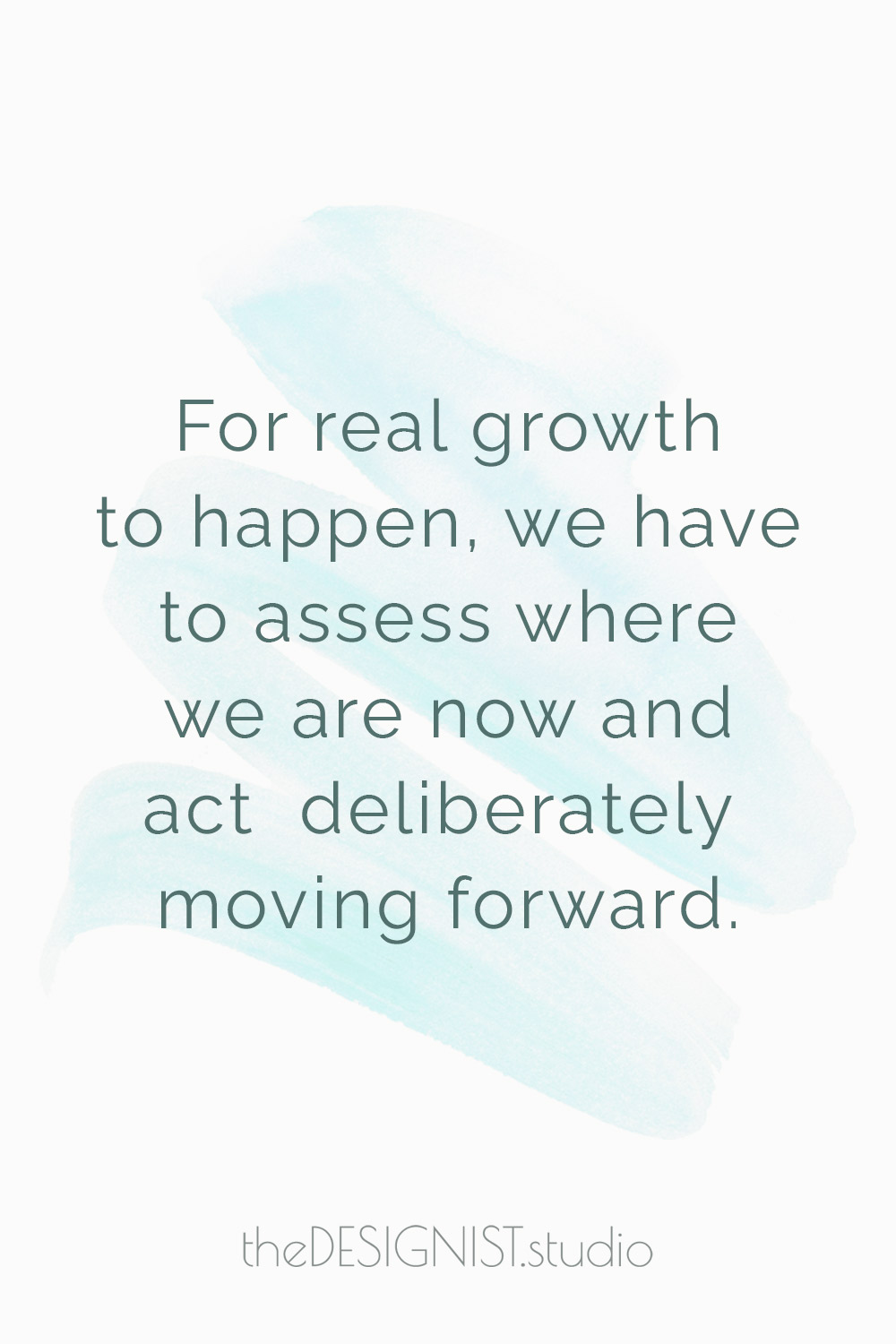Reflecting on the awesome, the awful, silver linings, and where to go from here
This is my favourite time of the year.
It’s the perfect time to sit down and assess what I’ve done well, what I need to improve on, and what changes I need to make in the new year.
It’s also time for new journal shopping and list-making, and if you know me, you’ll know I can’t get enough good stationery to write lists in.
This is a rather magical time because as I evaluate my past year, I also get excited for new possibilities and growth in the new year, and that excitement is a wonderful thing!
If this isn’t something you already do regularly, I suggest setting aside time for reflection and self-evaluation at least once every three to four months. This isn’t about setting new goals or resolutions (yet).
If you’re up for doing this with me, you are going to focus only on getting organized and reflecting on the past year for now. Later, you can set goals and plan for the future strategically with your year-end review in hand.
Schedule in your year-end review – pick a day or a week in December when you can work on this with minimal distractions.
Here’s what I do:
Get organised
This might seem like it’s less about reflection and thought, but trust me, it has a purpose. Getting organized will help you clear up physical and digital space. It will also make some mental space for the brainwork we’ll be doing later.
Honestly, just get this over with and out of the way. Put on whatever music motivates you, set a timer for one- or two-hour sessions, and get it done!
Get your financials in order
Yes, your year-end review applies to your finances! If you don’t have a system in place already, now is the time to start. Pull all your receipts and paperwork together and organize them.
Even if you outsource your accounting and tax filing, it’s a good idea to take a look at where you stand. Know your numbers so that you can take into account the trends in your expenses, income, and profit when you set goals for your business.
Do this for your personal finances too.
Pro tip: get your receipts and statements emailed to you. It’ll make your life so much easier and you can use search terms to easily find exactly what you’re looking for.
I send all my business-related receipts and documents to my And.co Shoebox [affiliate] and assign them to projects/expenses I’m tracking, so everything is in one place and easy to find when I need to prepare a report or my tax return! Or, just email your documents to yourself and label them and store them in a separate folder.
Organise your files and documents
Create a folder structure for your documents. That goes for both digital and paper documents! I find it helpful to sketch out how I want my documents organized.
Digital documents
I set up my folder structure with colour-coded folders in Google Drive and on my computer. Sometimes I get real fancy and use custom icons, but that’s just a distraction from being truly productive.
While you’re at it, back up anything that might be important to a hard drive or a cloud storage system like Google Drive or Dropbox.
Apps
I organize my email inbox with folders and labels. I unsubscribe from any mailing list that hasn’t provided me with real value in the last six months.
If you’re trying to save money and make more meaningful purchases, I suggest unsubscribing from any mailing list that sends only one type of email: the kind that nags at you to buy their product constantly. You don’t need that kind of distraction in your life.
I also adjust my Trello boards structure if necessary and clean out and organize all the lists on my digital notes apps. I use both Workflowy and Keep and consolidate, organize, and delete notes as needed. (Did I mention I like making lists?)
Paper documents
Finally, I go through all my paper files and documents, which I inevitably get lazy about over the course of the year. I file anything important in a labelled folder, and throw out anything I don’t need.
Don’t think too hard about it. If you’re not sure whether to keep something, file it away in a relevant labelled folder for now.
I usually have paperwork and piles of notes to digitise. There are easier ways to deal with this but I enjoy working things out on paper and don’t mind digitising them later if necessary.
If, like me, you don’t want to splurge on a digital notebook, either organize your paper well, or digitise them regularly.
Desktop
Get your desktop (the one your computer sits on, but also the one on your computer) organized. Identify what you need to access easily, regularly, and keep those within easy reach.
Put everything else away (neatly, if you can – or you end up with another mess you’ll never have time to organize).
Once you have gone through this step of organization, take a moment to assess and acknowledge how you feel before you move on.
Recap your wins
Now we get into the fun part of the year-end review. First, what positive things have you heard from others over the year?
Set up a Good Vibes folder
One easy way to set this up is to assign a folder to document your wins. You don’t have to call it a “good vibes” folder. It can be your “success” folder or “kudos” folder or “motivation” folder.
Got a great customer testimonial? Stick in there! Your favourite aunt loves your branded Instagram posts and sent you a lovely text about it? Tuck her compliment in there too! Articles featuring you or your products in a positive light, awards, positive social media comments, and email messages can all go in that folder.
I use a folder in Google Drive for this, but you could also print things out and put them in a physical folder if that makes you happier. Keep popping things in there all year.
If you don’t have it set up yet, look through your email, documents, and journals, and see if you find anything.
It doesn’t have to be a huge pile of accolades. When I first started coding, I had a single text from a friend in my folder. I had built a website for her small business to get some design and coding practice, and she loved it.
It helped me feel confident when coding got trickier and it made me want to keep building beautiful, functional things for people.
Now, pull out what you have and bask in the glow of all the cool things you’ve accomplished!
Review your accomplishments
Next, list everything you feel has worked out for you this year. What have you done well? Which skills did you develop? What were your successes? Which goals did you meet?
If you met the person you were one year ago, what would they be impressed by?
Write all this down – get yourself a journal if you don’t have one – and come back to this later when you are thinking about setting goals for next year.
Some next steps
These are just suggestions, but I highly recommend doing both.
Update your portfolio
If you came across anything you created in the last twelve months that was particularly successful, consider freshening up your portfolio with it. Even better if the project came with positive reviews from your clients.
You might not have the time to update your portfolio immediately, but at least identify what you can add and schedule it in for the new year.
Send out thank-you notes
This is one of my favourite things to do and I suggest you try it at least once. Send thank-you cards to the people who supported you in your business, the clients you enjoyed working with, those who took the time to write testimonials of your work, your mentors, and anyone who had your back in the past year.
People are always surprised and delighted by a genuine thank-you. We love feeling like we made someone’s life a little better. Why not acknowledge someone who has helped improve yours?
If you already make a practice of sending out Christmas/New Year cards to your clients, consider personalizing it, especially if you got something out of the relationship beyond a sale.
Reflect on your challenges
Now, list everything you feel didn’t work out for you this year. Which goals did you miss? What was most challenging for you? What skill gaps can you identify?
Knowing what you do now, which situations would you approach differently in the future? Which failures mattered?
Again, write all this down and come back to it when you are ready to set next year’s goals.
Assess your wins and challenges
I’ll let you in on something I’m doing differently this year. You’re probably familiar with research on how gratitude can benefit us, or at least that the research exists.
I’ve kept a gratitude journal for years since my friend first gave me one as a gift, and it’s a practice I’m…truly grateful for.
Jokes aside, I find the practice of looking for silver linings incredibly beneficial to my mental well-being. I’ve become pretty good at noticing little pleasures as they happen, even on bad days.
Having said that, I recently decided to try something different. (This came from an article I must have read recently and I will remember to post it here if I can locate it.)
I made a list of all the things that were awful for me this year, some of which were out of my control. I also wrote down one thing that my success would bring, my carrot at the end of the stick.
The idea, unless I got it very wrong, is to use the list of things I didn’t enjoy experiencing as a reminder of what I’ll continue to experience if I don’t persevere. And when things get tough, I know exactly what I’m working towards and why I should stick to it.
I don’t know yet if this will work for me. I’m so used to looking for silver linings everywhere, this might actually backfire on me. I am very interested in the idea of perseverance and conscious growth though, so I’m trying it anyway. Let me know if this is something that has worked for you!
Questions to think about
For real growth to happen, we have to assess where we are now and act deliberately moving forward. If you completed a year-end review last year, pull it out and refer to it as you assess your progress and setbacks this year.
Whatever your approach is, you should look at what you have accomplished, what you are struggling to accomplish, and where the gaps are between the two. Once you have identified your gaps, you can more effectively figure out how to close them, and get closer to winning your goals.
These are some questions worth considering:
Which factors lead to your best work?
What comes easily to you? Which skills do you need to improve?
Where is your time, energy and money best spent?
What can you outsource?
What strategies are working for you, what should be modified, and what needs to be eliminated?
It’s easy to get swept up in the excitement of setting goals and new year resolutions. We feel inspired and motivated and make serious commitments to do those things.
What will matter right now, though, before getting swept up with it all, is getting organized and carving a little space for ourselves to reflect and evaluate where we are, before we start making strategic, impactful goals for the future.
Resources
I made a little gift for you to help with your own year-end review. Download the printable sheet below with questions that will help you reflect on your year.
When you’re ready to start thinking about setting new year goals, read my post discussing how to set strategic goals and commit to achieving meaningful results.
